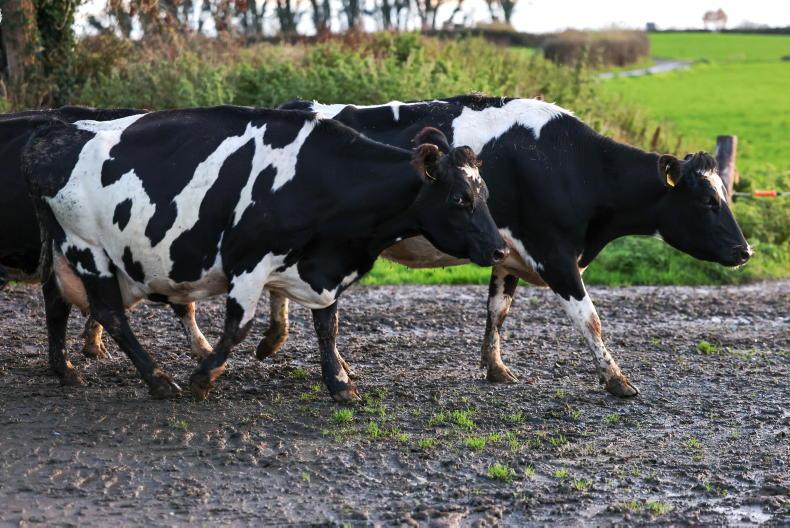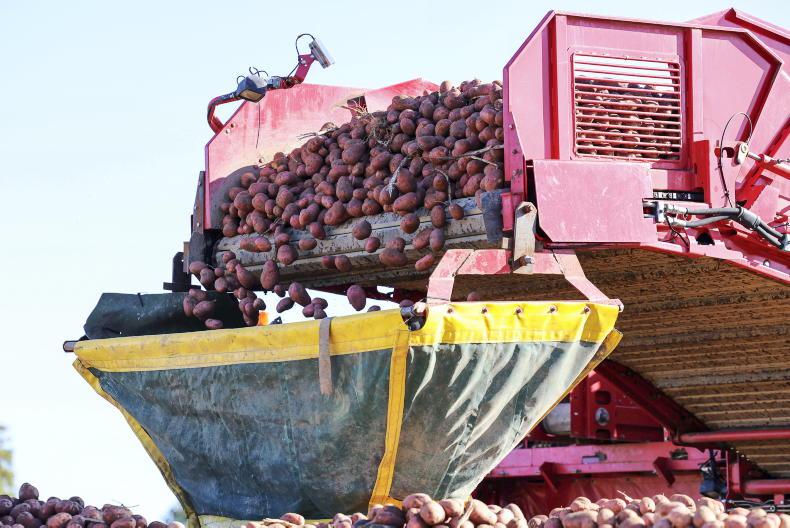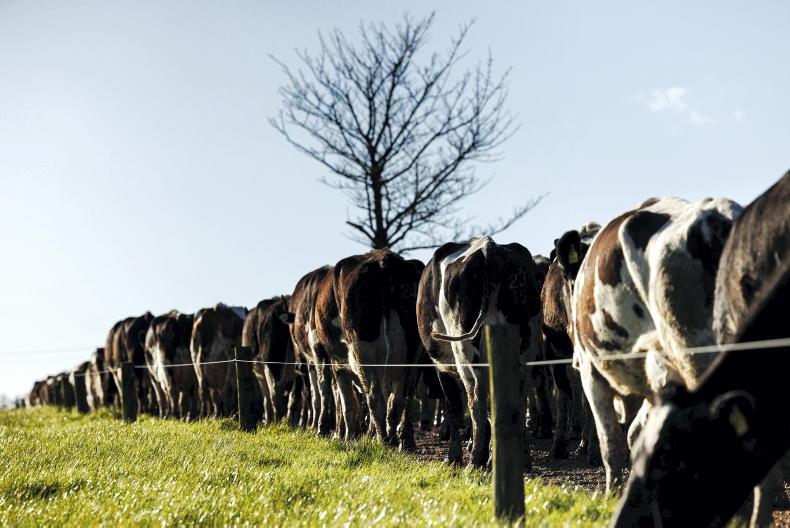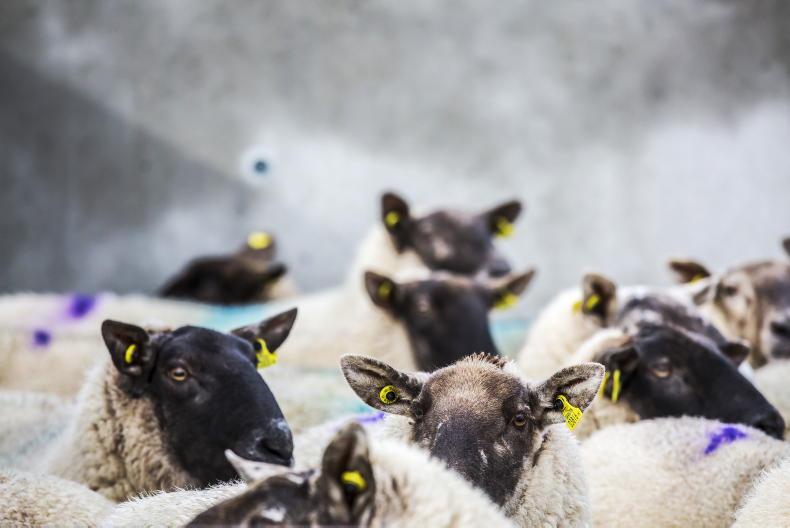Irish farmers sold just under €8bn worth of products this year, up from just over €7bn in 2016.
Most of the increase in output came from dairy farms. Milk prices increased by 28.3% and volume by 8.6%. Milk sales represented €700m of the overall €900m growth in farm output.
Cattle output increased too, but in smaller proportions – by 6.3%.
As a result, milk overtook beef as the largest contributor to agricultural output this year. Beef had been on top during the global dairy crisis of the past two years.
Higher prices lifted pig output by 11.2%,while sheep and poultry sales grew at a slower pace. Crops were the only product showing a drop in output.
Margins up
The operating surplus of Ireland’s farms grew by one third, from €2.6bn in 2016 to €3.5bn this year, the CSO has calculated. This is the total of farmgate products sold and subsidies received minus costs such as inputs and employee wages.
This is due to input costs increasing by 1.5% – slower than output. While feed and energy costs rose, fertiliser was cheaper than last year.
Thanks to a 20% drop in financial costs, including loan interest, the income returned to farmers rose by 43%, crossing the €3bn mark for the first time.
Gains in other sectors were negligible
IFA president Joe Healy commented that while the relatively good year for dairying came after one of the worst in 2016, “gains in other sectors were negligible, particularly in drystock and tillage, where incomes are still unsustainably low”. This highlights the need for continued direct payments under the next CAP, Healy argued.
The CSO estimates confirm those published by Teagasc last week, showing a on-third average rise in farm incomes with a wide gap between dairy farmers and others.
Read more
Full coverage: farm incomes
Irish farmers sold just under €8bn worth of products this year, up from just over €7bn in 2016.
Most of the increase in output came from dairy farms. Milk prices increased by 28.3% and volume by 8.6%. Milk sales represented €700m of the overall €900m growth in farm output.
Cattle output increased too, but in smaller proportions – by 6.3%.
As a result, milk overtook beef as the largest contributor to agricultural output this year. Beef had been on top during the global dairy crisis of the past two years.
Higher prices lifted pig output by 11.2%,while sheep and poultry sales grew at a slower pace. Crops were the only product showing a drop in output.
Margins up
The operating surplus of Ireland’s farms grew by one third, from €2.6bn in 2016 to €3.5bn this year, the CSO has calculated. This is the total of farmgate products sold and subsidies received minus costs such as inputs and employee wages.
This is due to input costs increasing by 1.5% – slower than output. While feed and energy costs rose, fertiliser was cheaper than last year.
Thanks to a 20% drop in financial costs, including loan interest, the income returned to farmers rose by 43%, crossing the €3bn mark for the first time.
Gains in other sectors were negligible
IFA president Joe Healy commented that while the relatively good year for dairying came after one of the worst in 2016, “gains in other sectors were negligible, particularly in drystock and tillage, where incomes are still unsustainably low”. This highlights the need for continued direct payments under the next CAP, Healy argued.
The CSO estimates confirm those published by Teagasc last week, showing a on-third average rise in farm incomes with a wide gap between dairy farmers and others.
Read more
Full coverage: farm incomes









SHARING OPTIONS